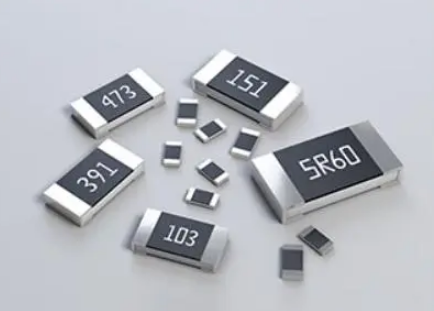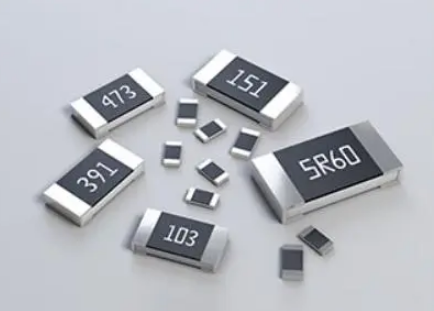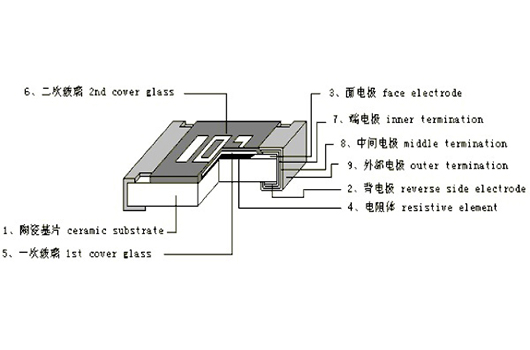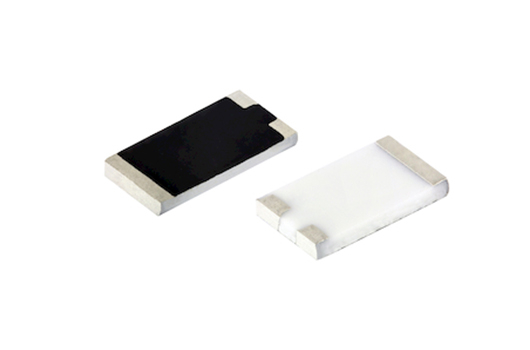
SMD Shunt, also known as Surface Mount Device Shunt, is a crucial component in current measurement and control applications. Choosing the right SMD Shunt is essential to ensure accurate and reliable current sensing. This article provides a guide on how to correctly select an SMD Shunt, considering factors such as current range, accuracy requirements, temperature stability, and offers practical tips for using SMD Shunt effectively.
Step 1: Determine the Current Range:
The first step in selecting an SMD Shunt is to determine the expected current range. Consider the maximum and minimum currents that the shunt will be subjected to. Choose an SMD Shunt that can handle the maximum current without causing excessive voltage drop or power dissipation, while still providing sufficient sensitivity for the minimum current level.
Step 2: Consider Accuracy Requirements:
Accuracy is crucial in current measurement applications. Determine the required accuracy level based on the application's specifications. SMD Shunts with higher accuracy will have tighter tolerances and better linearity, ensuring more precise current measurements. It is recommended to choose an SMD Shunt with a tolerance and linearity that meets the application's requirements.
Step 3: Evaluate Temperature Stability:
The temperature stability of an SMD Shunt is vital, as variations in temperature can affect its resistance and, subsequently, the accuracy of current measurements. Look for SMD Shunts with low temperature coefficients, which minimize the impact of temperature changes on the resistance value. This ensures stable and reliable current sensing across a wide temperature range.
Step 4: Consider Power Rating:
The power rating of an SMD Shunt determines its ability to handle power dissipation without overheating. Calculate the power dissipation based on the maximum current and the shunt's resistance value. Choose an SMD Shunt with a power rating that exceeds the calculated value to prevent overheating and ensure long-term reliability.
Practical Tips for Using SMD Shunt:
1. PCB Layout: Ensure a well-designed and optimized PCB layout for the SMD Shunt, minimizing noise and parasitic effects that can affect measurement accuracy. Keep traces short and avoid high-frequency signal interference.
2. Thermal Considerations: Provide sufficient heat sinking or cooling if the application involves high currents and power dissipation. This prevents temperature rise and maintains the stability of the SMD Shunt's resistance.
3. Calibration: Perform regular calibration of the current measurement system to maintain accuracy over time. Compare the readings of the SMD Shunt with a calibrated reference to identify any drift or deviations.
4. Protection Circuitry: Implement suitable protection circuitry, such as overcurrent protection or surge protection, to safeguard the SMD Shunt from excessive currents or voltage spikes. This ensures the longevity and reliability of the SMD Shunt and the overall system.
Conclusion:
Selecting the right SMD Shunt is essential for accurate and reliable current measurement. Consider factors like current range, accuracy requirements, temperature stability, and power rating during the selection process. Additionally, follow practical tips such as optimizing PCB layout, considering thermal management, regular calibration, and implementing protection circuitry for effective and reliable use of SMD Shunt. By carefully selecting and using SMD Shunt, designers can ensure precise current sensing and enhance the performance and efficiency of their electronic systems.
-

Advantages and Features of SMD
SMD Shunt, also known as Surface Mount Device Shunt, is a popular component used...
2023-12-06 view+ -

In-depth understanding of rect
As we all know, patch resistor, also known as chip type fixed resistor, is a kin...
2023-04-07 view+ -

Precision patch resistors are
Precision patch resistors are resistors designed to be surface-mounted. These pr...
2023-04-21 view+ -

Shunt Resistor Applications in
The automotive industry is rapidly shifting towards electrification, and electri...
2023-10-31 view+


